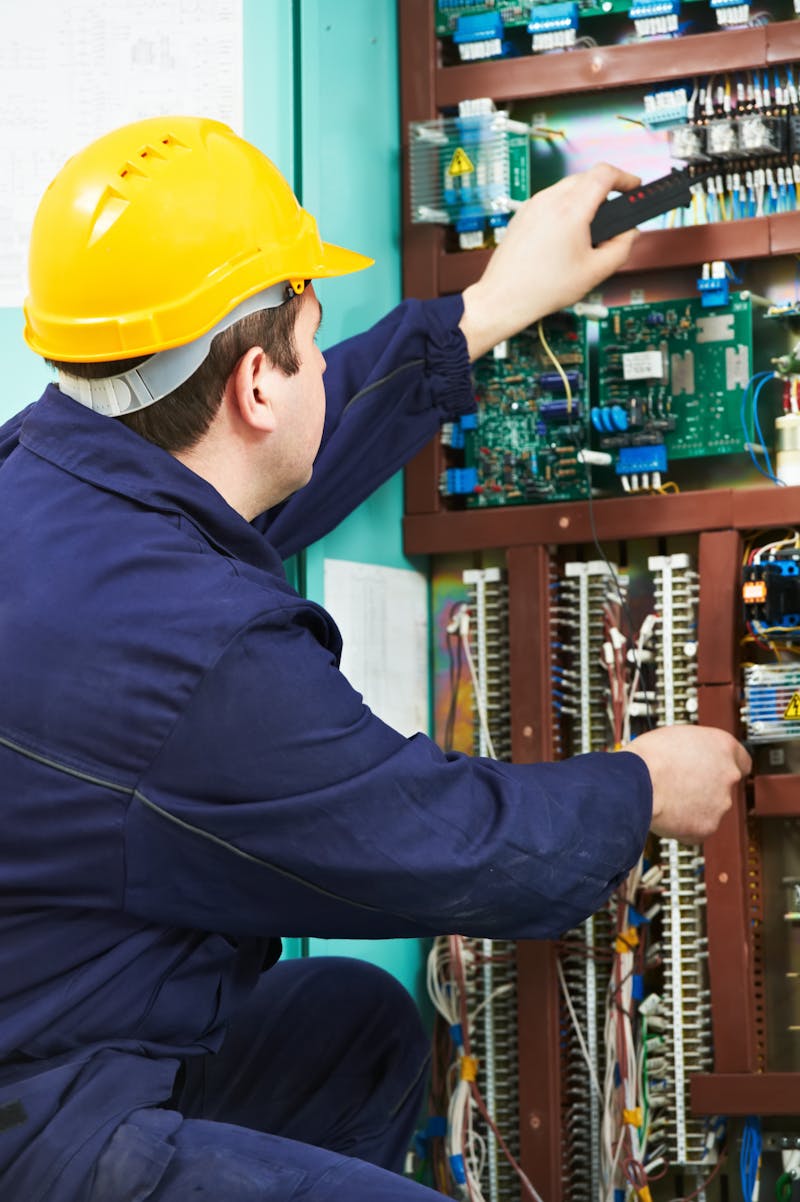
Construction work in New York City is among the most hazardous professions in the US due to the high-risk nature of building large structures in densely populated areas. Occupational Safety and Health Administration (OSHA) has identified certain categories of construction work that contribute to a majority of construction fatalities, known as the "Fatal Four." In addition to these, other high-risk jobs on construction sites also pose significant threats to workers' safety.
Roofers
- Inclusion in Hazard Pay: While generally not required by law, it is sometimes offered by employers depending on the height of the project and specific contract terms.
- Training Requirements: OSHA mandates that roofers undergo fall protection training, including how to properly use harnesses, guardrails, and safety nets. Roofing workers also require certification in handling hot tar and other hazardous roofing materials.
- Common Injuries: Falls from heights, burns from hot roofing materials, and lacerations from roofing tools are common injuries. Roofing work is a significant contributor to fall-related fatalities on construction sites.
Ironworkers
- Inclusion in Hazard Pay: Typically offered, especially for work on high-rise buildings where ironworkers are exposed to extreme height and weather risks.
- Training Requirements: OSHA requires ironworkers to receive extensive fall protection training. In NYC, they must also be trained in structural welding and rigging, as they work with large steel beams and girders.
- Common Injuries: Falls from scaffolding, burns from welding equipment, and crush injuries from heavy steel beams. Ironworkers are prone to catastrophic injuries due to the heights at which they work and the weight of the materials they handle.
Crane Operators
- Inclusion in Hazard Pay: Sometimes offered, especially on projects where cranes are required to operate at extreme heights or in hazardous conditions.
- Training Requirements: Crane operators must undergo specialized training and certification as required by OSHA’s crane safety standards (1926.1400). In NYC, additional training is required for complex crane operations.
- Common Injuries: Crush injuries from crane collapses, electrical shock from contact with power lines, and falls while operating cranes from heights. Crane accidents can be devastating, leading to multiple injuries or fatalities on site.
Electricians
- Inclusion in Hazard Pay: Often provided when working in high-voltage environments or in hazardous weather conditions.
- Training Requirements: Electricians are required to undergo electrical safety training, including lockout/tagout procedures and high-voltage electrical safety, per OSHA standards. In NYC, specific licensing and certifications are also required.
- Common Injuries: Electrocution, burns, and falls from ladders or scaffolding. Electricians are vulnerable to fatal accidents when dealing with live wires and high-voltage equipment, which is one of OSHA’s “Fatal Four” causes of death.
Demolition Workers
- Inclusion in Hazard Pay: Frequently offered due to the inherent dangers of working with explosives and unstable structures.
- Training Requirements: Workers must receive training in demolition-specific safety practices, including handling explosives and safely deconstructing buildings without causing structural collapses.
- Common Injuries: Crush injuries from falling debris, lacerations from sharp objects, and respiratory injuries from inhaling dust or hazardous chemicals. Demolition work frequently results in serious accidents due to the unpredictability of structure collapse.
Masonry and Bricklayers
- Inclusion in Hazard Pay: Not commonly provided unless working at dangerous heights or with hazardous materials like asbestos.
- Training Requirements: OSHA requires masonry workers to undergo training in fall protection, scaffolding safety, and proper handling of heavy masonry materials. NYC mandates additional scaffolding safety training.
- Common Injuries: Falls from scaffolding, back injuries from heavy lifting, and injuries from falling bricks or other masonry materials. Masonry workers are exposed to various risks due to the weight and height of the materials they handle.
Laborers (General Construction Workers)
- Inclusion in Hazard Pay: Not typically offered, though some employers may provide it depending on the project and working conditions.
- Training Requirements: General laborers must receive OSHA’s mandatory 10-hour or 30-hour safety training, which covers general site hazards such as fall protection, tool safety, and hazard communication.
- Common Injuries: Falls, sprains, strains, and injuries from using tools or heavy machinery. General laborers are exposed to various construction site hazards, which make their job highly risky.
Plumbers and Pipefitters
- Inclusion in Hazard Pay: Occasionally provided when working in hazardous conditions, such as confined spaces or in proximity to dangerous gases.
- Training Requirements: OSHA requires plumbers to be trained in confined space safety, trench safety, and proper handling of hazardous chemicals. NYC mandates additional training and licensing for specific plumbing jobs.
- Common Injuries: Burns from hot pipes, chemical burns from hazardous materials, and crush injuries from collapsing trenches or improperly supported pipes. Trenching and excavation accidents are a leading cause of death for plumbers.
Carpenters
- Inclusion in Hazard Pay: Rarely offered, though some contractors may include it in cases of particularly hazardous projects.
- Training Requirements: OSHA mandates that carpenters receive training in fall protection, tool safety, and the proper use of personal protective equipment (PPE). Carpenters working on scaffolding must undergo specific scaffolding safety training.
- Common Injuries: Lacerations, amputations, and fractures from working with saws and power tools. Carpenters frequently face risks associated with sharp tools and high scaffolding work.
Heavy Machinery Operators
- Inclusion in Hazard Pay: This is often provided when operators handle particularly dangerous equipment like bulldozers, excavators, or trenchers.
- Training Requirements: OSHA mandates that all operators be certified to use specific heavy machinery, including training in vehicle inspection, load management, and safe operational practices. NYC requires additional site-specific safety protocols.
- Common Injuries: Crush injuries, falls from machines, and being struck by or run over by heavy equipment. Due to the size and power of the equipment involved, heavy machinery accidents can result in fatal injuries.
New York’s Leading Construction Accident Law Firm is Ready to Fight for Your Right to Compensation
If you or a loved one has been injured in a construction accident, it is time to seek legal help from a knowledgeable and experienced attorney. Michael S. Lamonsoff, "The Bull," at the Law Offices of Michael S. Lamonsoff, is known for his aggressive representation of construction workers in New York City. He has a proven track record of achieving multi-million dollar settlements and verdicts in construction injury cases, including a record jury award of $37 million.
The legal community and our clients have recognized Mr. Lamonsoff’s trial capabilities, making him one of the highest-rated attorneys on premier online lawyer review sites, with 1,400+ stellar client reviews and counting. To schedule your free consultation, call us at 212-962-1020 or fill out this online contact form.


